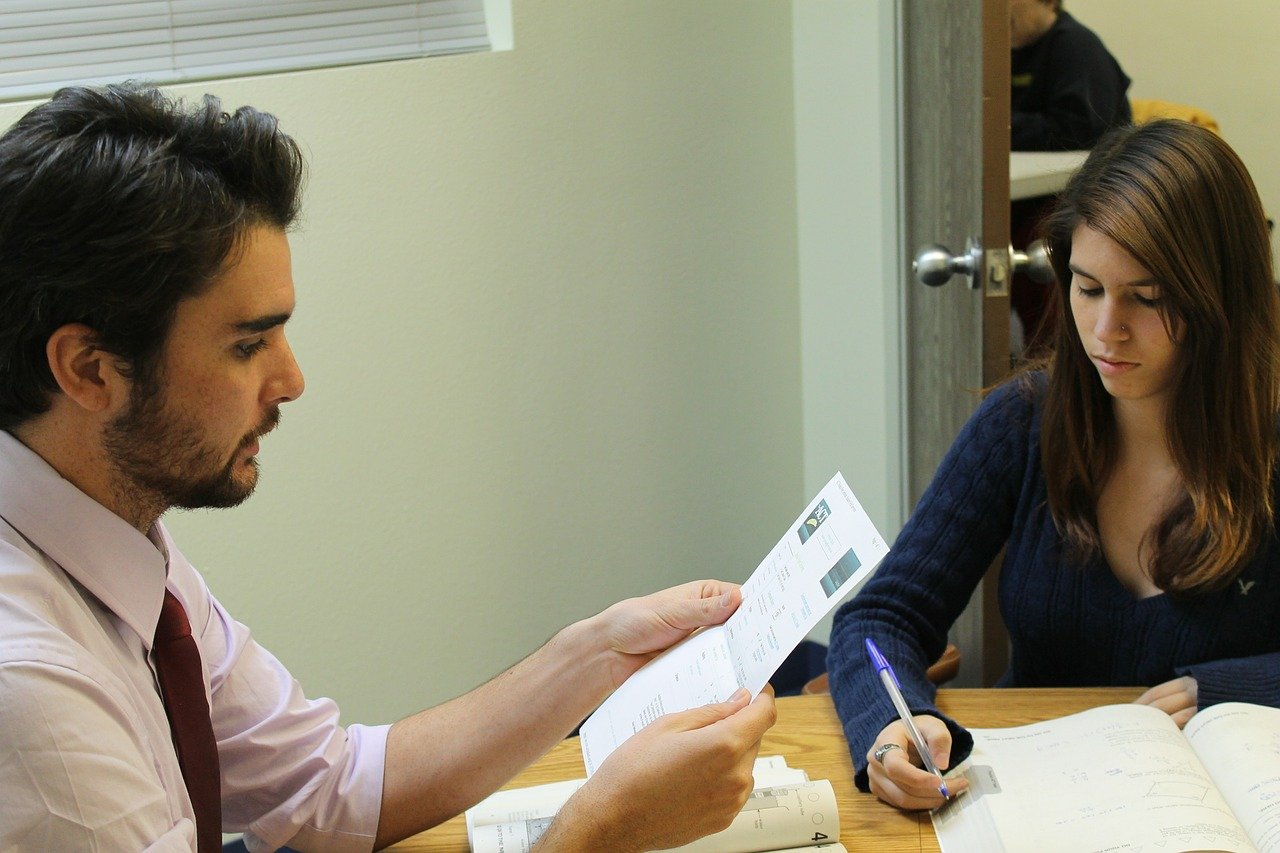A seminar is a small, in-person interactive event held to discuss topics and brainstorm about them. There will be one or two lead presenters for the topic who will also guide the flow of the whole event.
A webinar is pretty much the same. The only major difference is that it’s held online, using the internet and other web-based tools.
Up until a few years ago, webinars were not a popular choice because people still preferred to attend the events in person. For many organisations – whether academic or commercial, seminars were considered a big networking event, which was just something you couldn’t really do online.
One of the other reasons for the low popularity of webinars was how it was easier for anyone to access the link and join the session, whether they’ve paid for it or not.
But, with the shift to remote working and learning, webinars and other virtual types of presentations have become the need of the hour. The reach is more global, and people can join the sessions at any time, regardless of the time zones, or day of the week.
With the option to share the link only to people who have accounts on the website or the online channels or organisations, webinars have also started becoming profitable giving an added advantage to the hosting organisations.
How to use Webinar Presentation Software in 4 Simple Steps
No one can guarantee 100% attention from your audience, or that everyone there would remember everything once it’s over, but there are always ways to make your webinar memorable and valuable for your audience.
Let’s take a look at how to make a good webinar presentation…
#1 – Define your webinar topic and format
Ask this question to yourself – “why am I doing this webinar?”
Define the details of your webinar and your target audience. Choose a niche and research well about the topic to know what people are looking for in that field, as well as how other presenters are hosting similar sessions. What you want to keep in mind is to go for a specific topic rather than an abstract idea.
Say, for example, you want to do a webinar for people interested in the Metaverse. You want to choose a particular niche like the “future of NFTs” or “introduction to web 3.0” rather than just going for something general like “let’s talk about Metaverse”.
The next thing to keep in mind is to figure out whether the webinar is going to be live or pre-recorded. This depends completely on what you are expecting to gain from the session. Is it just an informative session or do you want to gain insights about the topic from your target audience etc?
#2 – Create an outline for your webinar presentation content
When you create an outline, you are defining the subsections of the webinar presentation. Let’s take the example of the topic we mentioned above – “future of NFTs”.
In the outline, you would have:
- What are NFTs?
- The history behind NFTs
- How to create an NFT
- What are the tools and skills you require to create an NFT?
If any of these require certain data or resources to support them, you might want to add them to the outline as well.
#3 – Define a plan to engage your audience
By now, you know who you are catering to and what they would be expecting from your webinar. No matter how brilliant your content is, or how visually appealing your presentation deck is, if you don’t have a strong plan to engage your audience, it’s highly likely that they would get bored and disengage completely from what you’re talking about.
A recent survey suggests that 44% of the respondents exit a webinar due to boring presentations. So, how do you keep your audience engaged?
To begin with, you could start your webinar presentation with an interactive ice breaker activity – This gives the audience a chance to relax and engage with your presentation right from the start.
Also, throughout the webinar presentation, you could include various interactive activities to keep the two-way discussion going and not bore them with one-way content.
Using an interactive presentation platform like AhaSlides, you can have various audience-engaging activities such as quizzes, polls, and open-ended questions to give your audience an opportunity to have fun and share their thoughts.
#4 – Announce your webinar
How do you tell your target audience that you are going to host a webinar? The first step is to have a webinar description ready. This is the script that you are going to post on various social media and other promotional channels to announce your webinar.
- Usually, when someone needs information on anything, they would search with full questions. “How to create an NFT?” “What is the history of web 3.0?”. It is important to include these kinds of questions in your webinar description. This is what is going to attract your audience into clicking on that registration link. Ensure them that you have a solution for their question.
- Tell them on what platform you’ll be hosting the webinar. Will it be on Zoom? Are you going to be using other online tools to interact with your audience? Will the audience have to create accounts or sign up to access the webinar?
- If you have an existing emailing list, it’s a good idea to send these invites over to them in a visually appealing email with all the details and the link included. Make it easier for them to access it from the email directly. If you don’t have an email list, you can create one using platforms like MailChimp.







